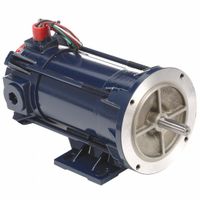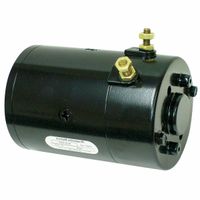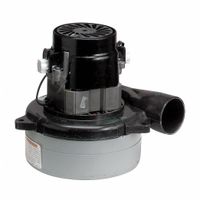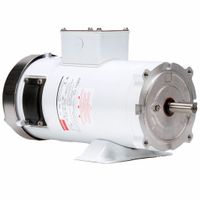Environmental conditions significantly impact the performance of DC motors. Temperature is a critical factor; high temperatures can cause overheating, leading to insulation breakdown, increased resistance, and reduced efficiency. Conversely, low temperatures can increase the viscosity of lubricants, causing higher friction and energy loss.
Humidity and moisture can lead to corrosion of motor components, particularly the commutator and brushes, which can result in poor electrical contact and increased wear. This can cause sparking, reduced efficiency, and potential motor failure. Dust and particulate matter can accumulate inside the motor, leading to abrasion of moving parts and clogging of ventilation paths, which can cause overheating.
Altitude affects air density, which in turn impacts cooling efficiency. At higher altitudes, the reduced air density can lead to inadequate cooling, causing the motor to overheat. This necessitates derating the motor or using additional cooling methods.
Vibration and shock can cause mechanical stress and misalignment of motor components, leading to increased wear and potential failure. Motors in environments with high vibration may require additional mounting support or vibration-damping materials.
Chemical exposure, such as from corrosive gases or liquids, can degrade motor materials, leading to insulation failure and corrosion of metal parts. This can result in short circuits and mechanical breakdowns.
Overall, environmental conditions can lead to reduced efficiency, increased maintenance requirements, and shortened lifespan of DC motors. Proper selection of motor materials, protective enclosures, and regular maintenance can mitigate these effects and ensure reliable motor performance.






